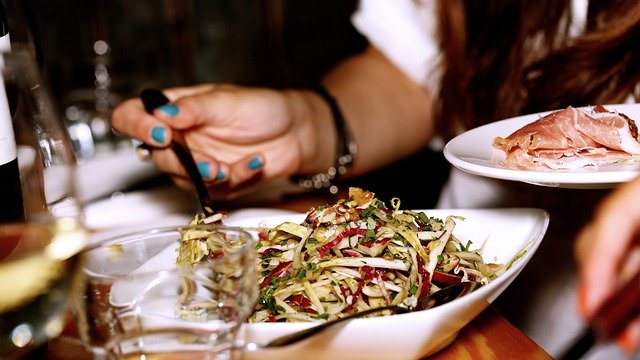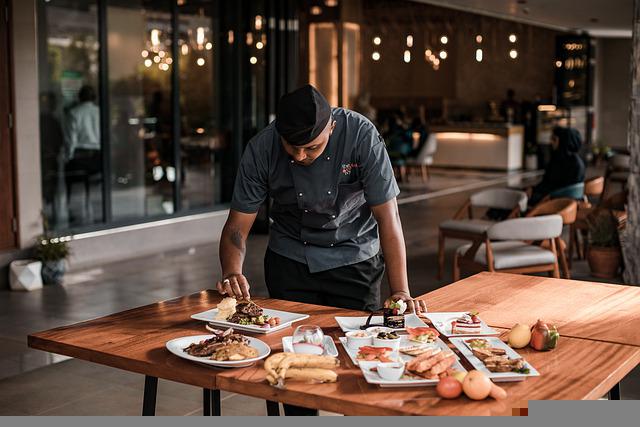China is a multi-ethnic country, with 56 ethnic groups. The largest is the Han Chinese, while other ethnic minorities include the Manchu, Tibetan, Mongolian, Hui, and Zhuang, whose food culture basically represents the food culture of ethnic minorities.

The following are some of the major ethnic minorities’ food cultures.
Manchu long lived in the northeast of China between the white mountains and black water, the Qing Dynasty Manchu dishes affect the country, after the Manchu-Chinese exchange, some have been absorbed by the Chinese cuisine, now only in the northeast, northwest, and some other areas, Manchu Lai still retain the original flavor.
The main food has sorghum, millet, corn, etc., like to eat white boiled pork, hunting the wild boar, deer, rabbits, etc. is also part of it. The Manchu are good at making honey products. Prefer to eat pastry noodles and dried fresh fruit. Manchu traditional dishes such as white meat and blood soup, traditional snacks such as Saqi horse, cake, corn flour, etc.
The Tibetan people have long been mainly engaged in animal husbandry, and their dishes are mainly made from beef, lamb, and milk. The popular “Three Treasures of Northern Tibet”, which are made from local ingredients, include snow chicken stewed with cordyceps, rice with ginseng fruit and ghee, and lamb stewed with mushrooms. Under the influence of Lamaism, Tibetans do not eat fish.
The Mongolians are mainly found in Inner Mongolia, Gansu, Qinghai, Xinjiang, and some parts of the Northeast and are mainly nomadic. The Mongolian people call milk food “white food” and meat food “red food”. The most distinctive food is the “three treasures of the north of the country”, namely Daigo (pure ghee), cheese, and horse milk wine. The red food is mainly beef and sheep meat. The Mongolian people like to eat hand-cooked lamb. The whole lamb dinner is the best Mongolian feast.
The food culture of the Hui people still retains its ethnic characteristics. Hui cuisine, also known as “halal”, has a long history. Due to their Islamic beliefs, the Muslims have certain dietary taboos, the most important feature being that they do not eat pork, but camel, beef, and lamb meat.
Now China’s Hui Halal cuisine has three broad flavor characteristics: First, the northwest, such as Xinjiang, and Ningxia area of Halal Lai, more retained the Middle East Arab diet characteristics. The second is the northern halal dishes north of the Yangtze River, more influenced by Beijing, and Shandong cuisine, the cooking of lamb is very characteristic, and the production methods are fine, to explode, stir-frying techniques are the best. The third is the mixed southern and coastal areas of Hui Halal cuisine, the production of lamb and duck have unique features. The above make up the overall Chinese Halal cuisine.






